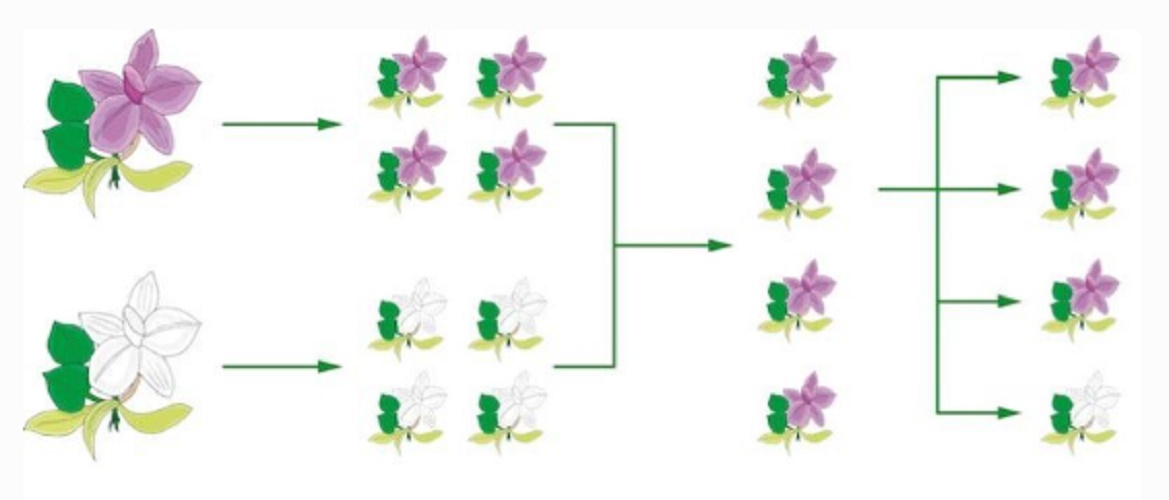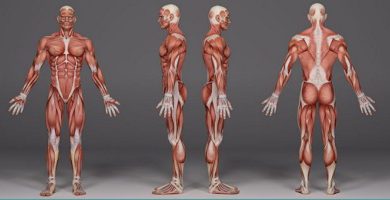What is the chromosomal theory of inheritance And Mendel’s Laws?
We explain to you what is the chromosomal theory of inheritance definition, formulated by Sutton and Boveri. Also, how is it based on Mendel’s laws.
-
What is the chromosomal theory of inheritance?
The chromosomal theory of inheritance or chromosomal theory of Sutton and Boveri is the scientific explanation about the transmission of certain characters through the genetic code that contains the living cell , which occurs between one generation of individuals and the next.
This theory was developed by scientists Theodor Boveri and Walter Sutton in 1902 . Despite the distance between them, Boveri (German, 1862-1915) and Sutton (American, 1877-1916) postulated the same conclusions independently from previously existing knowledge about inheritance and cellular functioning.
It was a debated and controversial theory until 1915, when experiments with Drosophila melanogaster flies by American scientist Thomas Hunt Morgan (1856-1945) confirmed them completely.
The chromosomal theory of inheritance studied genes , that is, segments of DNA that encode specific proteins , also called “hereditary factors” in their studies on inheritance Gregor Mendel (1822-1884). Specifically, he postulated that the genes are located within the chromosomes of the cell , located in turn within the cell nucleus .
The existence of chromosomes was already known and their replication was known during cell division, but from now on they knew each other much better: it was learned that they come in homologous pairs, one from the mother and one from the father, so that the reproductive cells or gametes must provide each individual with the exact half of the genetic material.
This theory allowed us to understand why certain characters are inherited and others are not , that is, why one allele is transmitted and another is not, since they are independent of each other, when they are located on different chromosomes. For example, the chromosome that contains information about the sex of the individual is different from the chromosome that contains information about the color of their eyes, etc.
-
Mendel’s Laws

The main antecedent of the chromosomal theory of inheritance is the studies of Gregor Mendel , who carried out a series of experiments and follow-ups between pea plants, managing to formulate the well-known Mendel Laws on inheritance in 1865.
His experiences were essential to understand how genetic characters are transmitted from one generation to the next. First, he discovered that there are characters (genes) of two types: dominant (AA) or recessive (aa) , as manifested in the individual or not, being in the latter case a carrier of the non-manifest gene.
Thus, Mendel proposed the existence of “pure” (homozygous) individuals, whether dominant or recessive (AA or aa), and other heterozygous resulting from genetic mixing and transmission (Aa), for each specific hereditary character.
This approach was the first human attempt to describe the laws that govern genetics, and although its results were recognized much later, it is a revolutionary contribution to its time, the foundation of everything that would come later.





